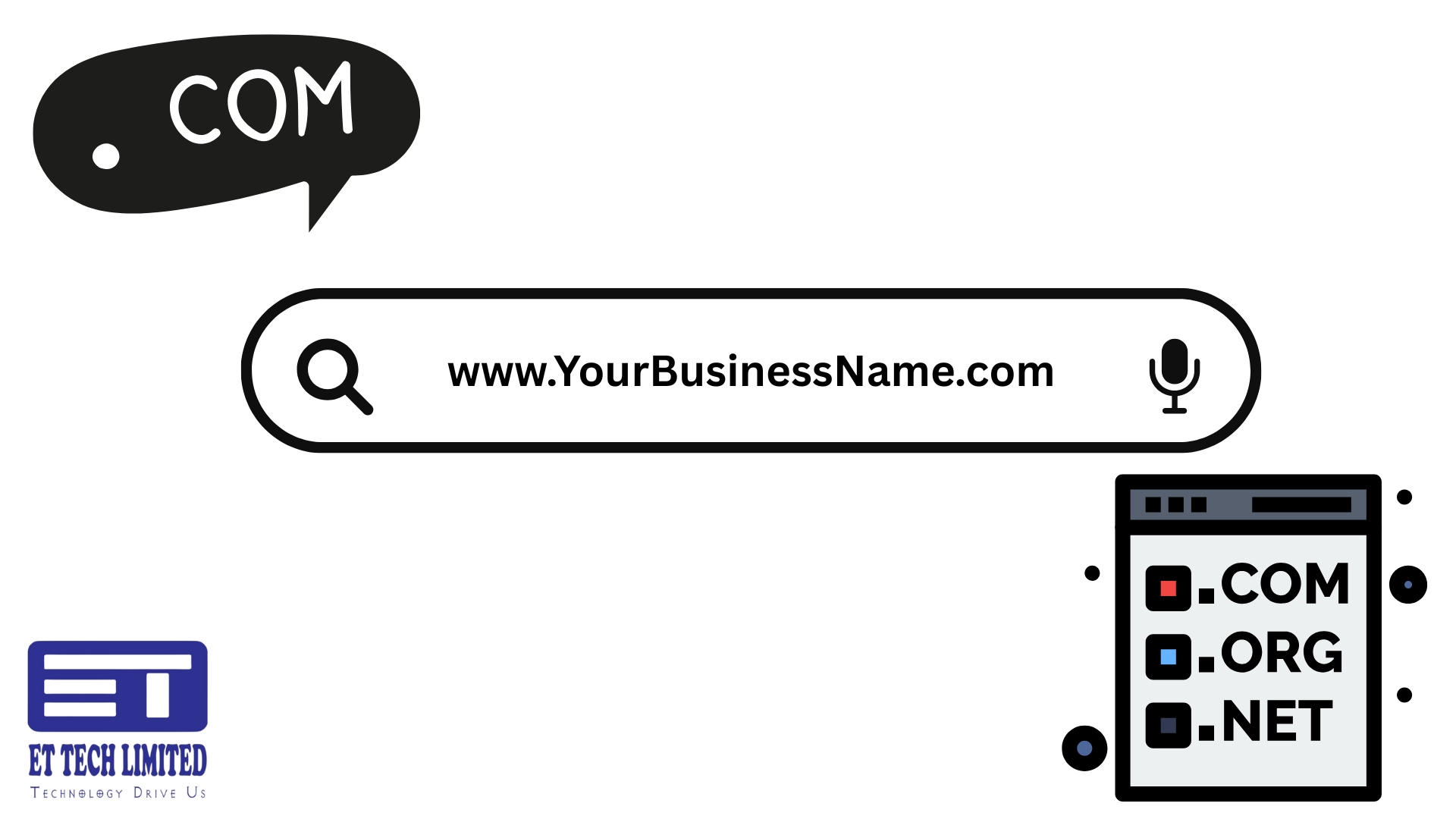1️⃣ Keep It Simple & Short
- Avoid complexity: Choose a name that’s easy to spell, pronounce, and remember.
- Keep it short: Aim for 1-3 words (under 15 characters). Shorter domain names are easier to type and recall.
- Avoid numbers and hyphens: They can confuse people when speaking your domain name.
Example: If your business is called “Safari Travel and Tours,” safari.com.bd would be a great, simple domain.
2️⃣ Use Relevant Keywords
- Incorporate keywords that reflect your business and industry. This helps SEO (Search Engine Optimization), making it easier for people to find your website.
- For example, if you’re in web services, consider using words like “web,” “design,” “development,” or “services” in your domain.
Example: For a web development business, banglawebservices.com can work well.
3️⃣ Choose the Right Domain Extension (.com, .org, .net)
- .com is still the gold standard and the most recognized, so try to get a .com domain if possible.
- If .com is unavailable, consider .net, .co, or a niche TLD like .tech or .design. But remember, .com is always easier for users to remember.
Typical TLD use case;
TLD Use Case
.com – Commercial websites, startups, general use
.org – Nonprofits, NGOs, open-source projects
.net – Tech companies, networks, infrastructure
.biz – Small businesses, the alternative to .com
.gov – Government entities (restricted)
.bd – Bangladesh-specific domains (local targeting)
There are many more TDL available nowadays a days you can use.
4️⃣ Make It Brandable
- Your domain should be unique and brandable. Avoid generic terms that sound like every other business in your field.
- Think of your domain as a marketing tool—it should help your brand stand out and feel professional.
5️⃣ Avoid Trademark Issues
- Ensure your domain name doesn’t infringe on existing trademarks. Check for trademarks using a simple Google search or a trademark database.
- You don’t want to invest time and money in a domain that could lead to legal issues down the line.
6️⃣ Consider Your Future Growth
- Choose a domain name that allows your business to grow. For example, if you start with banglawebservices.com but plan to expand your business to other services or regions other than Bangladesh, it might be better to choose a more general name like “bestwebservices.com.”
7️⃣ Check Domain Availability
- Once you have your desired name, check if the domain is available using domain registration services like Namecheap, GoDaddy, or Google Domains.
- It’s also helpful to check if related social media handles are available for consistency across platforms.
8️⃣ Test It Out
- Before committing, say the domain name out loud, write it down, and check how it looks in an email address.
- Social Media Availability: Ensure the name is available on major platforms (Facebook, Instagram, Twitter).
- Ask others for feedback: Sometimes, something that sounds great in your head may confuse others.
9️⃣ Make It Easy to Remember
- Ensure that the name is memorable and catchy. Avoid unusual words or terms that might confuse potential customers.
- A memorable name often makes it easier for customers to return and share your business with others.
10️⃣ Register Your Domain
- Once you’ve chosen the perfect domain, register it immediately with a reliable registrar. Purchasing related domain names to protect your brand is also a good idea.
Choosing a domain name is an essential step in establishing your online presence. Please keep it simple, memorable, and relevant to your business. Don’t rush—take your time to select a domain that will grow with your company.
Final Thoughts
Apart from the above thoughts, you can choose whatever you feel about naming. Those are not a thumb rule to follow, but they are just a guideline to make it great.
🚀 Need help choosing the right domain name for your business? Let’s discuss in the comments! Sure, we will suggest some names to you.
